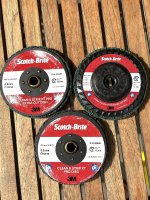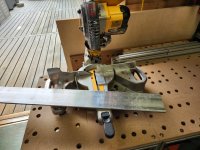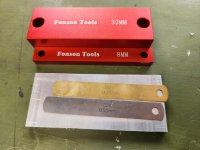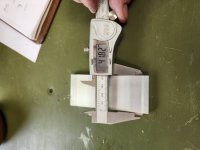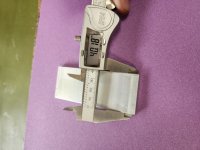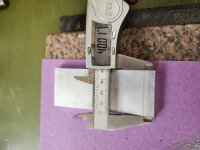Richard/RMW said:
[member=44099]Cheese[/member] does the Festool angle grinder offer any benefit that justify the cost premium over a yellow or red one?
The handle orientation looks good for cutting but then it's sideways for most grinding, the opposite of common right-angle grinders.
None of my grinders have variable speed, but I'm not sure I miss/need it.
The first thing I noticed is how smooth it runs, it doesn't have that hand numbing vibration like the Milwaukee. The second was noise level. The Milwaukees have a lot more noise, difficult to describe but a combination of gear noise, a higher level of noise and at both higher & lower frequencies.
One thing to watch though is to thoroughly tighten whatever disc/item you put on the AGC because the brake is much more effective. I've had both a cut off disc and a Scotch-Brite disc come loose because the Festool comes to a halt in 1-1.5 seconds while the Milwaukee slowly takes 4-5 seconds to wind down.
The handle orientation can be easily changed because the head rotates 180º by removing 4 screws.
The reduction in rpm does make a big difference for battery life. On speed level 1 (4500 rpm) the AGC is rotating faster than a RAS 115 at maximum 4000 rpm. [blink]
I was removing mineral stains on stainless using Scotch-Brite discs. With a 4.0 battery I was getting about 30 min of run time. Lowering the rpm to level 1, the run time improved to almost double that. [smile] For heavy grinding or cutting I'd set the speed back to max but would install a 5.2 battery instead. The 4.0 battery balances the AGC nicely and that's my favorite combination.
[attachimg=1]

